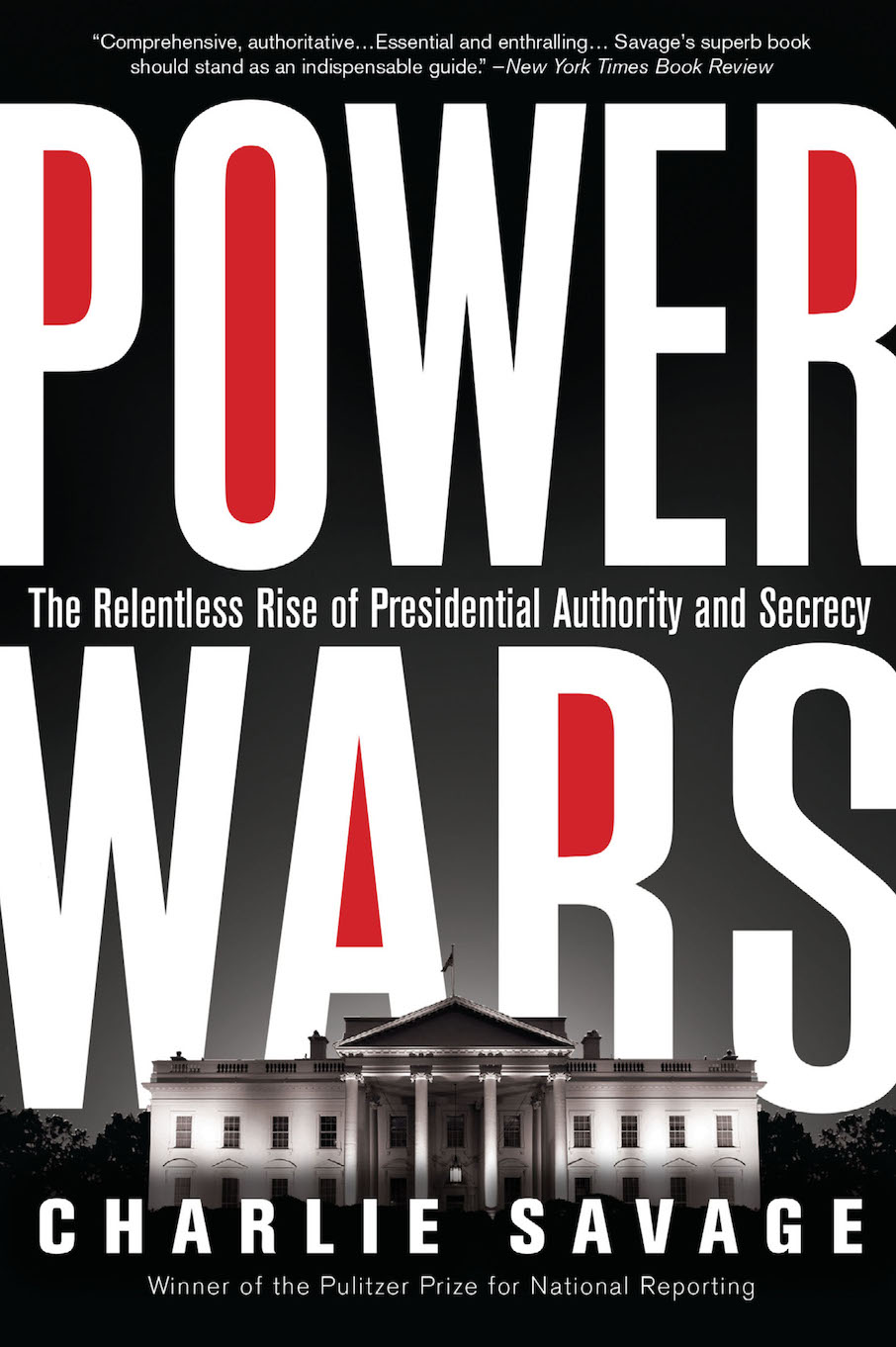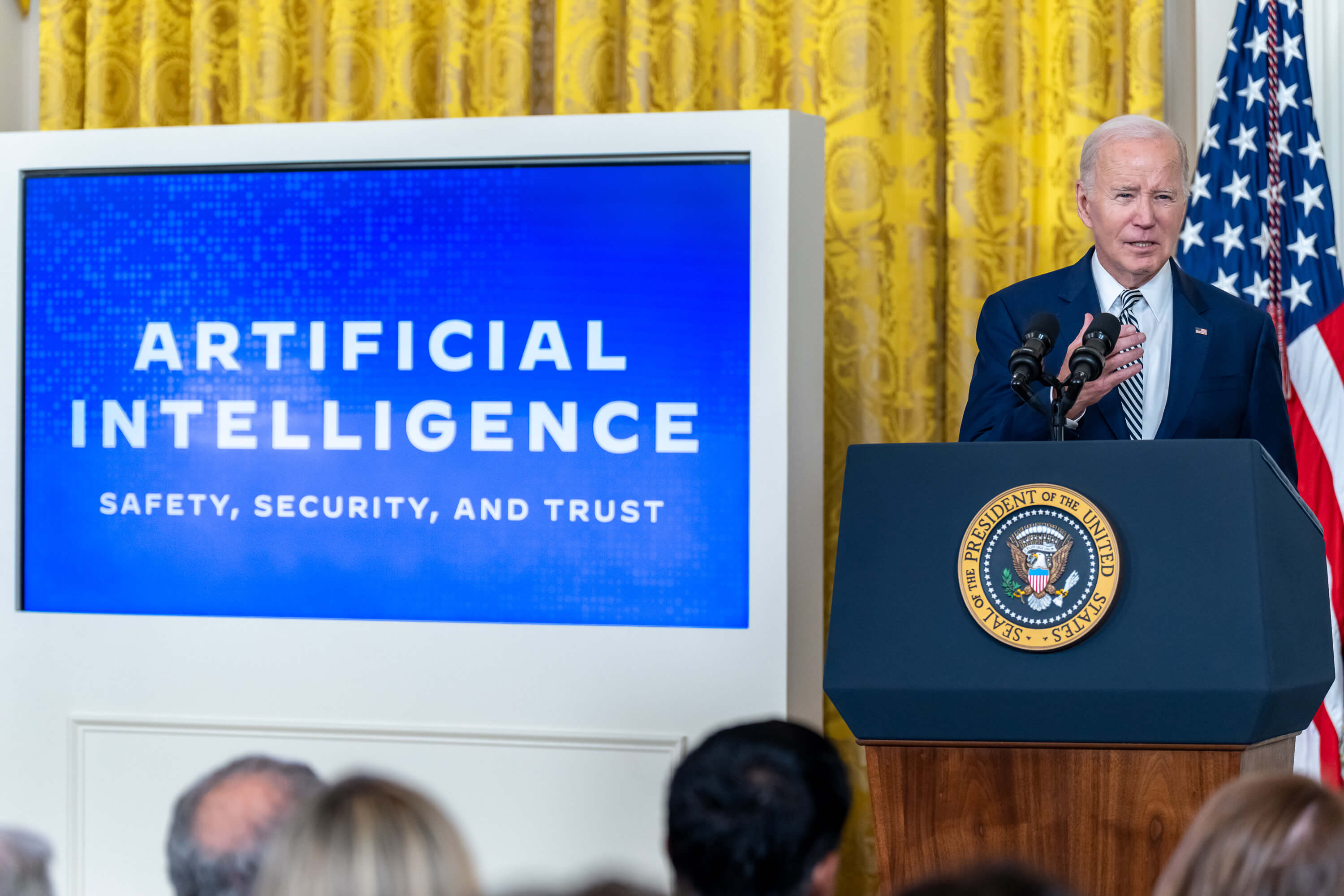What Has Changed in the New, "Definitive" Power Wars
Today, Hachette is publishing the paperback edition of my history of Obama-era national-security legal policymaking, Power Wars, which is also replacing the text future e-book buyers will receive. I have systematically updated and revised the book since its hardcover publication in November 2015.

Published by The Lawfare Institute
in Cooperation With

Today, Hachette is publishing the paperback edition of my history of Obama-era national-security legal policymaking, Power Wars, which is also replacing the text future e-book buyers will receive. I have systematically updated and revised the book since its hardcover publication in November 2015.
A few months ago, over coffee in Cambridge, Jack Goldsmith generously proposed that when this edition came out I should write something for Lawfare explaining what is different about it. So below I will briefly explain its navigational, cosmetic, and substantive improvements, including its new Trump-focused preface .
The TLDR takeaway is that this is a much-refined director’s cut, and going forward it should stand as the definitive edition of Power Wars.
NAVIGATIONAL
Some scholars, journalists, and national-security lawyers have been using Power Wars as a reference. Two structural enhancements to the paperback should make it more useful for this purpose. First, its table of contents now incorporates the 20 or so subchapter headings from each chapter, making it easier to jump around in. Second, the paperback includes a printed index. The hardcover has an index, too, but it only exists online, which is cumbersome – and some people do not realize it is there.
COSMETIC
Hachette has added a picture of the White House to the cover, and where the hardcover is subtitled “Inside Obama’s Post-9/11 Presidency,” the paperback has a less time-pegged subtitle: “The Relentless Rise of Presidential Authority and Secrecy.” Between the covers, I massaged and smoothed out the writing in numerous small ways after re-reading it from a distance and discovering flaws, like referring to people only by their last names even though they had not been mentioned for many pages.
SUBSTANTIVE
The main text is also salted with improvements based on more or better information that became available after the hardcover went to print. (In order to preserve the existing index, these additions required tightening the text on the same pages.) Among the categories of such revisions:
- Stories have endings: The hardcover leaves off with events as they stood in the summer of 2015. For example, Guantanamo has 116 detainees and it’s not yet clear whether Obama will succeed or fail in closing the prison; at Fort Leavenworth, Chelsea Manning is staring down 30 more years of hard time; and the F.B.I. is refusing to make public its contemporaneous “302” reports showing what the underwear bomber told interrogators about Anwar al-Awlaki in January 2010. The paperback, revised in the spring of 2017, completes such narratives with events through the final 18 months of Obama’s presidency and a bit beyond.
- Accounts are more complete: After the hardcover text closed, the government declassified more information about some of the episodes it recounts, and participants in the behind-the-scenes meetings and conversations it describes read the book and told me additional details. For example, in response to one of my Freedom of Information Act lawsuits, the government disclosed a third legal problem the Justice Department had identified in the spring of 2004 about the Stellarwind surveillance and bulk data collection program, meaning the hardcover’s account of the “hospital room” crisis, which describes only two – one the public already knew about, and one that Power Wars first reported – is missing something important. The paperback is enriched with such subsequently available information.
- Errors are corrected, nuances adjusted: Inevitably, there were places where I came to believe that I had missed the mark in the hardcover, so the paperback fixes those problems. For example, when the four lawyers working on the hypersecret planning for the Osama bin Laden raid cleared the way for Obama to order it as an explicit kill mission, subject to a requirement that the SEAL Team Six operators accept any surrender offer if feasible, it was not those lawyers who construed feasibility so narrowly that the administration did not bother to come up with a real disposition plan in case bin Laden survived and was taken prisoner. Rather, that narrow construction came from existing military rules of engagement for Special Operations Forces raids on potentially booby-trapped terrorist compounds.
THE NEW PREFACE
There is a now-glaring omission in the hardcover edition: while most of the serious G.O.P. contenders for the 2016 nomination make cameo appearances, Donald Trump’s name does not appear in it. That is because in 2014 and early 2015, when I wrote the book, Trump looked like a novelty candidate and it was beyond my imagination that he would succeed Obama as commander-in-chief. The paperback edition opens with a new 3,000-word preface that frames the book’s account of Obama-era national-security policymaking in terms of what came next. It recounts what Trump said and did about national-security legal policy issues both during the campaign and the chaotic first months of his administration, while analyzing differing views about how to assess the Obama administration’s record in hindsight, drawing on post-election interviews I conducted with Obama legal team veterans like Greg Craig, Avril Haines, and Marty Lederman, and critics like Anthony Romero of the A.C.L.U.. Here is a taste:
…It is the story of how and why Obama, a liberal constitutional law teacher who was widely expected to roll back George W. Bush’s war on terror, ended up instead merely adjusting it — and in the process curated an immense arsenal of presidential powers and legal precedents that he then found himself handing off to Trump. And it is the story of Obama’s team — a group of national security legal policy specialists who believed that they were looking around corners to take into account future risks and put into place safeguards against them but did not anticipate that Trump and his team would inherit their handiwork. …
With no prior government experience, Trump surrounded himself with advisers who appeared ready to open the throttle on hard-power approaches to fighting terrorism, including accepting greater risk of civil-liberties violations at home and civilian casualties abroad. As a result, Trump’s rise created a new and unexpected vantage point from which to understand the legacy of Obama’s post-9/11 presidency. … The results of the 2016 election significantly raised the stakes of what happened on Obama’s watch — and the need to understand it.
In sum, there are enough improvements that if you make ongoing use of Power Wars, you may wish to acquire a paperback version. Certainly, if you already own it in e-book format, there is every reason to delete it from your device and then re-download the latest version. If you are a professor considering assigning excerpts to your students – thank you! – you may wish to ask them to get the paperback specifically.





